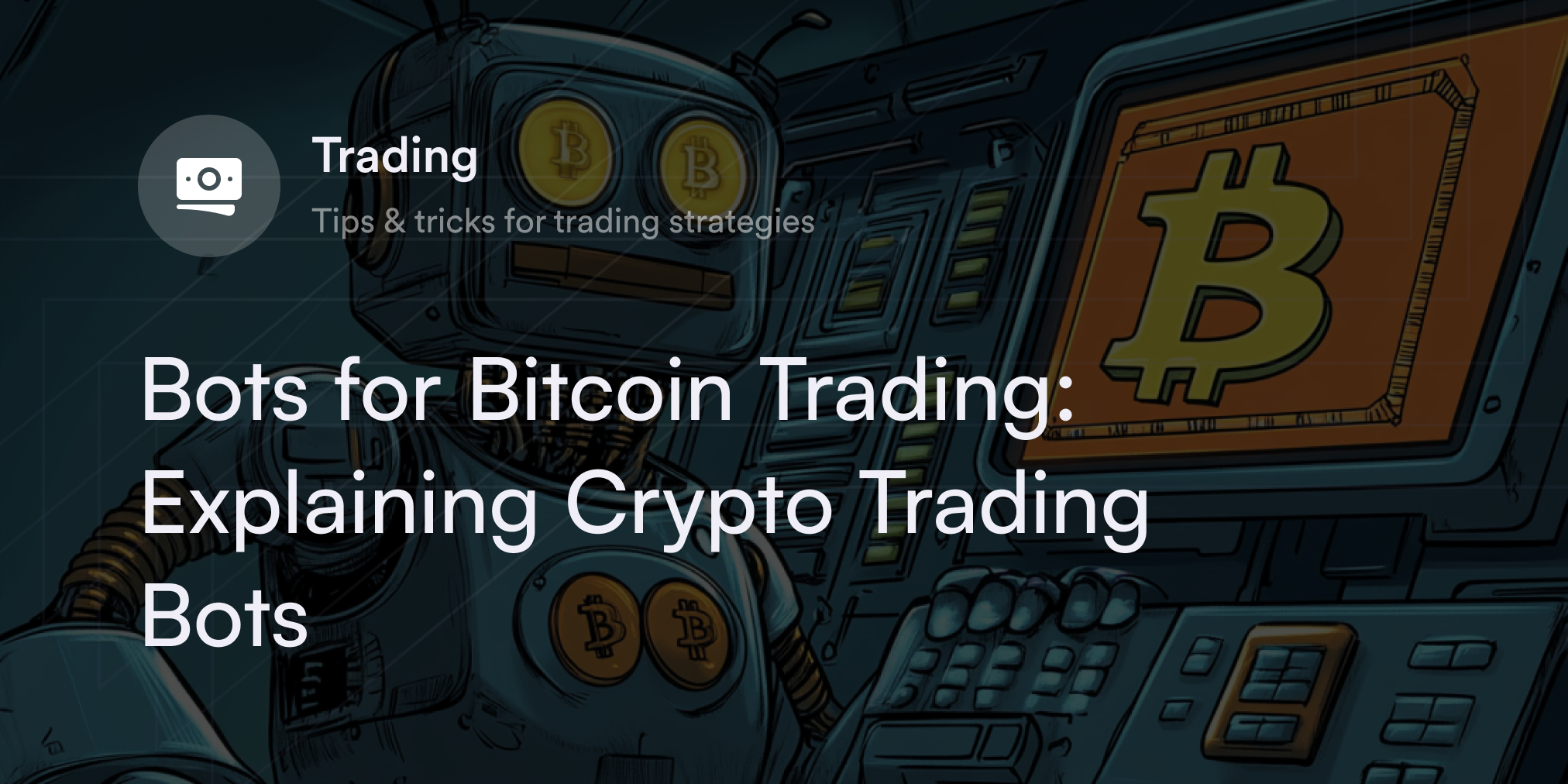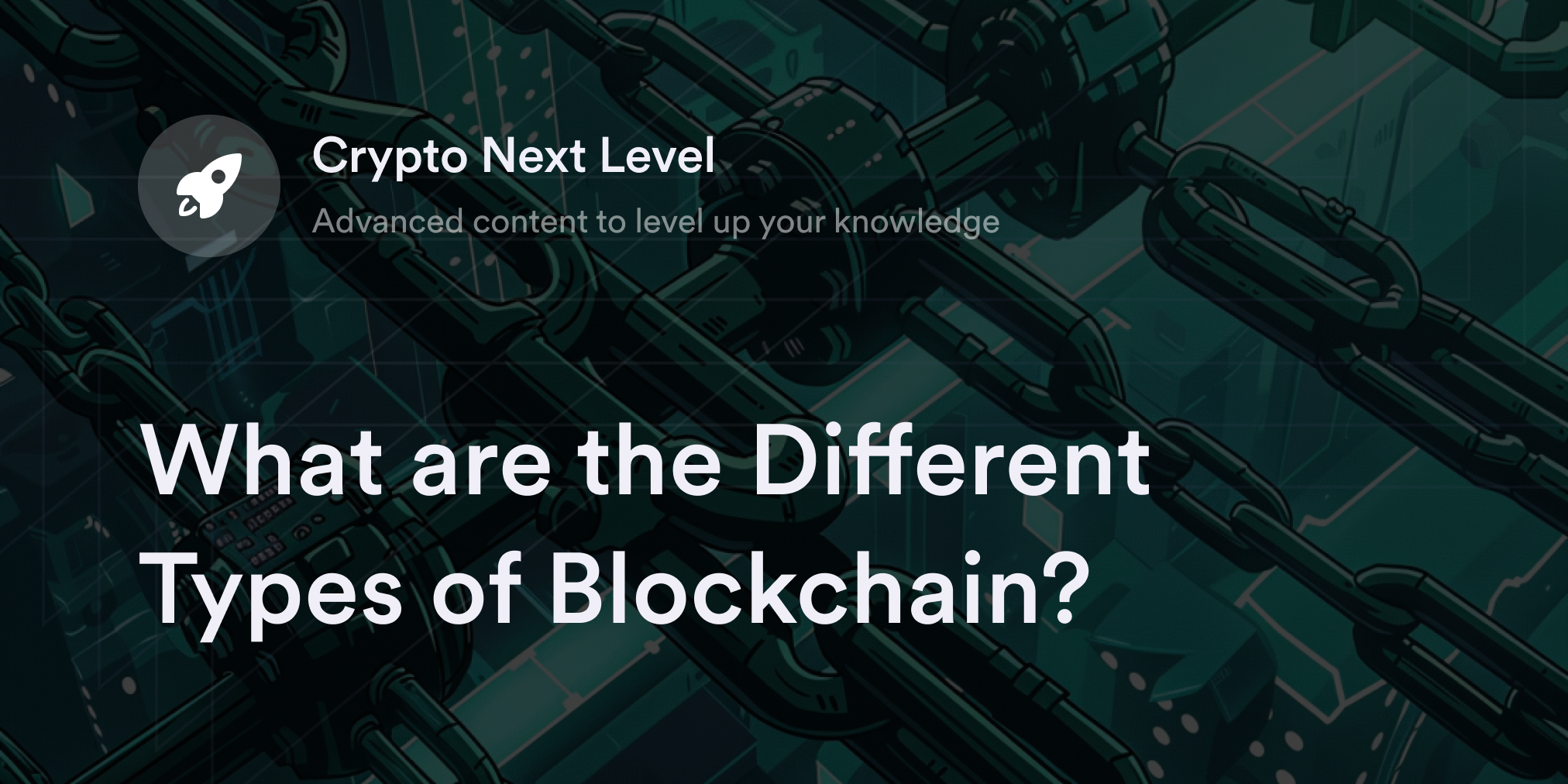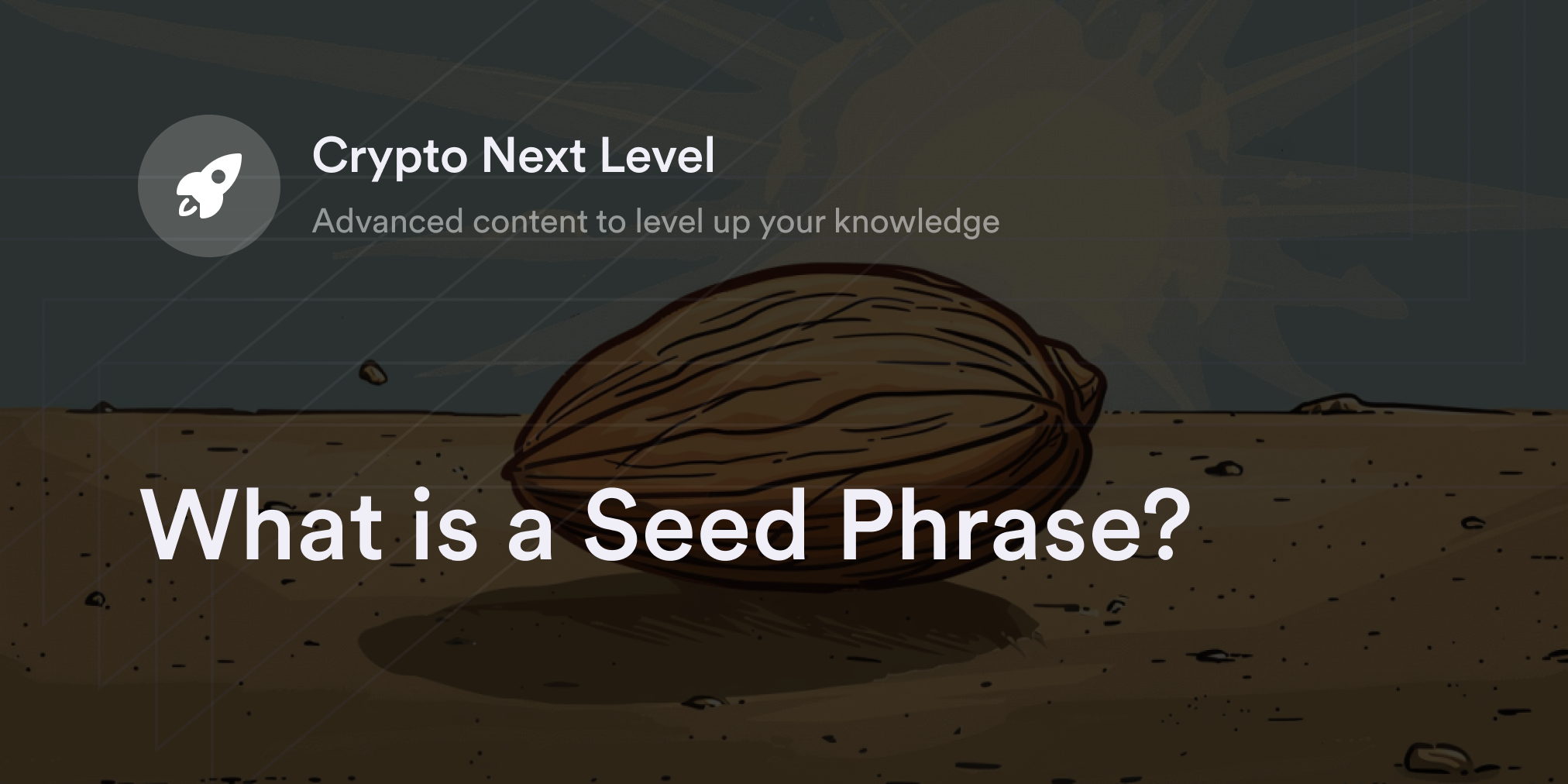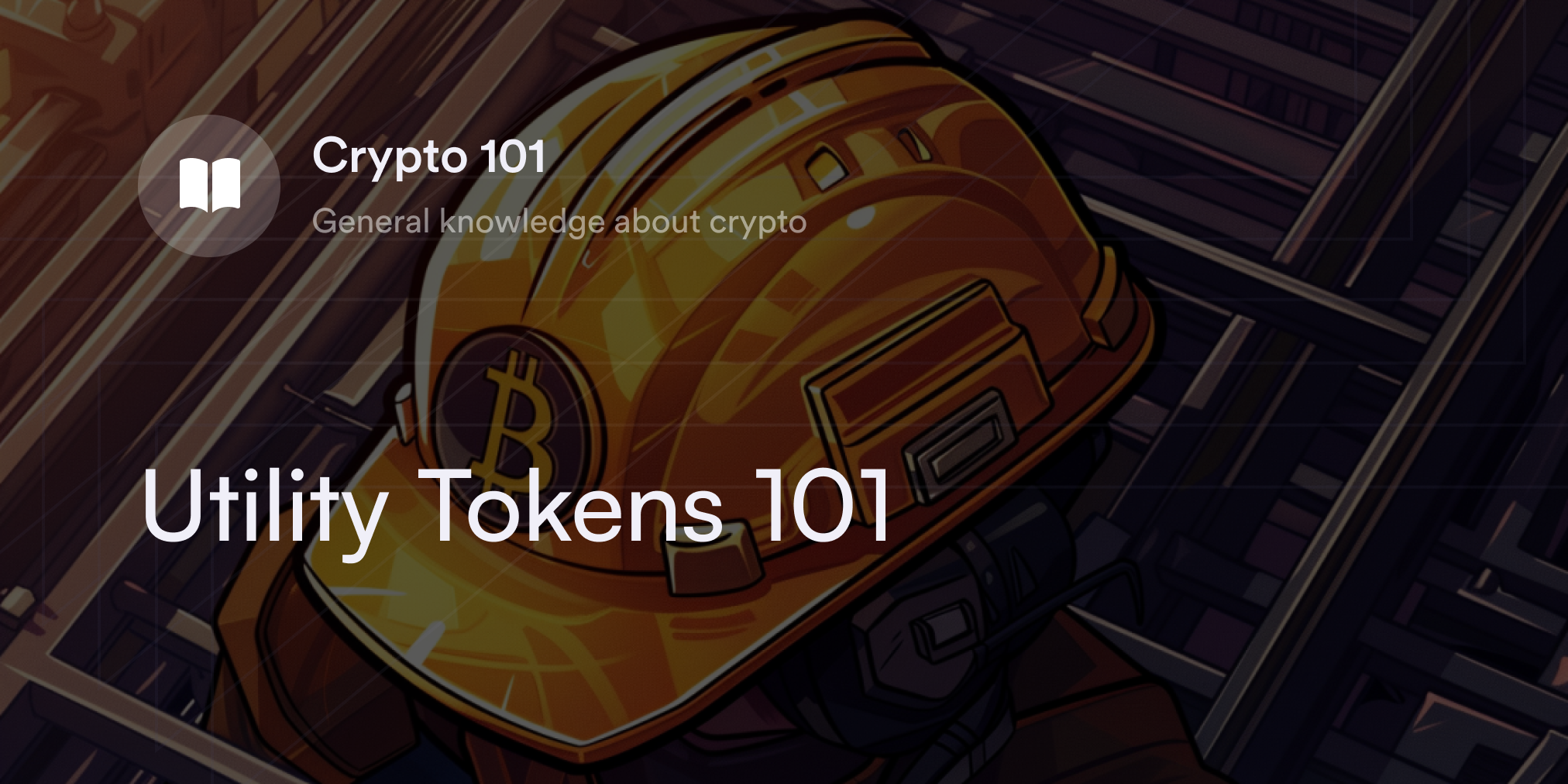
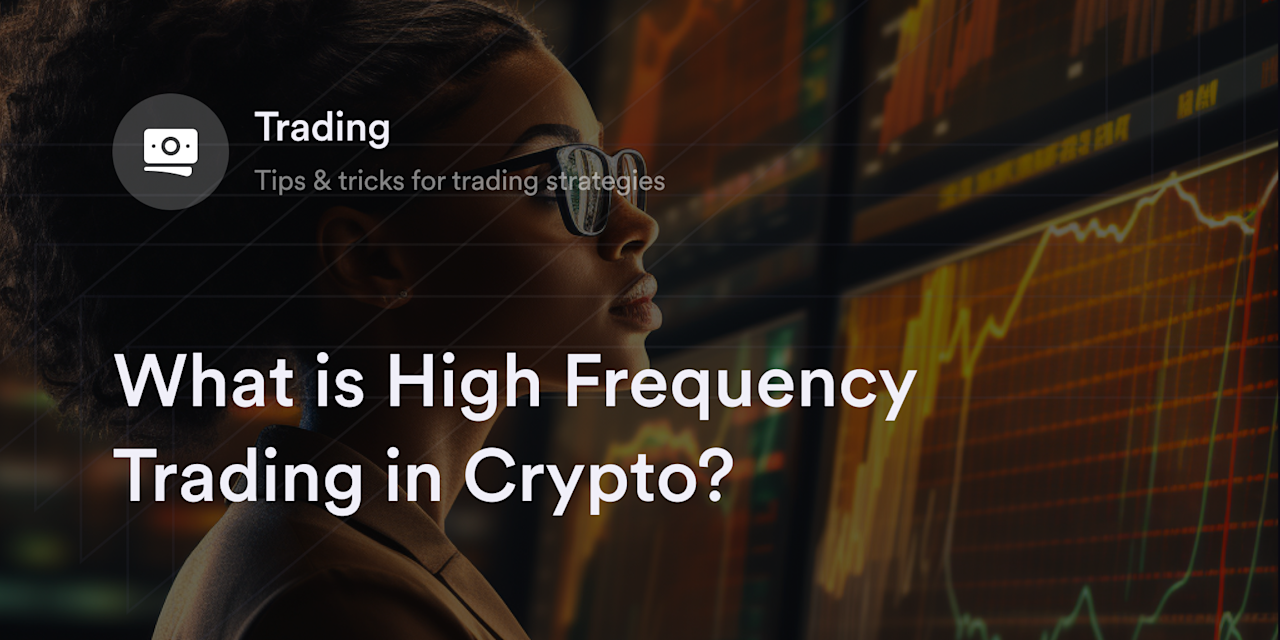

The cryptocurrency ecosystem doesn’t just pique the interest of individual traders. As digital assets become more prominent in global finance, a growing number of institutions are dipping their toes into the world of digital assets.
American institutions made up to 85% of Bitcoin (BTC) buy orders in early 2023, and 48% of global asset managers plan to add virtual currencies to their portfolios. However, not all of these firms are interested in holding cryptocurrency in cold storage for the long haul. Some institutional investors and hedge funds specialize in an ultra-fast style of trading called "high-frequency trading" to swap trillions of dollars in cryptocurrency each year.
But what is high-frequency trading, and how does it work? While the strategy is gaining popularity in the cryptocurrency market, it’s not suitable for everyone. Traders should review the risks and rewards of this tactic before adding it to their toolkits.
What is High-Frequency Trading?
High-frequency trading (HFT) in cryptocurrency is a high-speed strategy that involves buying and selling large volumes of digital assets in nanoseconds. Most often, traders using HFT set up complex algorithms, artificial intelligence programs, and data feeds to multiple cryptocurrency exchanges to automatically monitor the market and perform time-sensitive trades. In this sense, HFT is a "hands-off" trading strategy, since the algorithms a trader uses submit and execute orders according to their programming.
People using HFT often close all their positions after an intraday trading session to eliminate the risk of holding assets overnight.
How Does High-Frequency Trading Cryptocurrencies Work?
HFT is a style of cryptocurrency trading rather than a specific technique. In fact, investors often incorporate HFT algorithms into complimentary day trading tactics (such as scalping, market-making, and arbitrage) to capitalize on minute fluctuations in their target cryptocurrency's price.
As long as a trader uses an algorithmic program to open and close large orders in short timeframes, HFT plays a role in their trading strategy. The main goal behind HFT is always the same: capture as many time-sensitive gains as possible with the help of powerful computers. Although this is not the aim, traders could instead realize time-sensitive losses, for instance because of an intervening price fluctuation (remember that cryptocurrencies are extremely volatile assets), because the algorithm behaved unexpectedly or was set to identify price patterns based on historical data that did not prove to accurately predict future movements.
HFT traders with coding skills build proprietary algorithms to fit their preferred approach to day trading. There are also pre-built programs called "bots" non-coders use to link to the cryptocurrency market. Once a trader has their algorithm set up, they feed it data from centralized or decentralized cryptocurrency exchanges and implement their program. Whenever the algorithm detects specific conditions in the market, it automatically opens a buy or sell order and closes the position within minutes, seconds, or even milliseconds. If the crypto trading algorithm is successful, a trader sees a profit in their account or smart contract at the end of each trading day.
Common High-Frequency Trading Strategies
HFT complements cryptocurrency trading techniques that exploit small price discrepancies in the market. Rather than holding a cryptocurrency for a few days or weeks, an HFT algorithm scans the market for minor price moves with time horizons of no more than a few minutes. In this technique, the algorithm's job is to spot seemingly insignificant fluctuations and take calculated risks after analyzing the probability of success.
Here are five strategies that may benefit from HFT:
Crypto arbitrage
Arbitrage involves buying and selling the same cryptocurrency asset across multiple exchanges when there's a slight difference in the quoted market price. For example, if Ethereum (ETH) trades for $1,950 on the exchange Kraken and $1,900 on Uniswap, an arbitrageur would buy a lot of ETH on Uniswap and nearly simultaneously would sell it on Kraken for a $50 profit per coin.
Market-making opportunities
Market makers supply exchanges with high trading volumes to make it easy for other traders to swap digital assets. However, market makers don't "donate" their cryptocurrencies to exchanges without expecting a reward for their service.
Since market makers manage high volumes of cryptocurrency transfers on every transaction, they profit from the difference between the highest price a buyer will pay for a cryptocurrency (the “bid price") and the lowest someone is willing to sell it for (the “ask price”). Sometimes, HFT traders place two market orders simultaneously to capitalize on wide differences between these quoted prices (called “bid-ask spreads”). For example, if Litecoin (LTC) trades for a bid price of $150.50 and an ask price of $151.50, an HFT algorithm places simultaneous buy and sell orders for LTC to generate $1.00 profit per coin.
Scalping
When traders "scalp" a cryptocurrency, they buy and sell a digital asset hundreds or thousands of times every day, expecting to close most of these positions a few cents or dollars in the green. HFT algorithms close these transactions after registering a few pennies of profit and keep making these trades to steadily increase the trader's daily returns.
Short-term technical patterns
Technical analysis is a field of market research most interested in analyzing historical trends and chart patterns hoping to predict future price movements. Traders familiar with charting tools like trendlines, Fibonacci retracements, or the moving average convergence/divergence (MAC-D) add their preferred indicators at their target levels to an HFT algorithm so it executes trades whenever a set of technical patterns emerges. Naturally, technical analysis is based on past performance which may not be indicative of future market behavior. Traders should keep in mind that relying on historical data in an effort to predict price movements carries substantial risk.
Momentum trading
A momentum trader always goes with the flow of the current cryptocurrency market sentiment, using the general trajectory of a trending cryptocurrency to try to make a profit. HFT algorithms for momentum trading scan for abnormally high trading activity (or “trading volume”), daily price fluctuations (or “volatility”), and crucial chart levels to capitalize on sharp breakouts or drawdowns for a digital asset. Momentum traders also trade around big events or mainstream news likely to impact a cryptocurrency's price.
Upsides and Drawbacks of HFT
HFT is a versatile and potentially lucrative trading practice, but it's one of the least beginner-friendly methods. Most often, if someone isn't familiar with coding, algorithms, and AI, they find HFT's cons outweigh its benefits. Those considering HFT should examine its pros and cons before jumping in and consider the risks associated with this technique:
The Pros
Algorithms spot imperceptible market discrepancies: AI robots and algorithms aren't always accurate, but successful programs have the power to recognize tiny price inefficiencies, calculate the odds of success, and make lightning-fast decisions. With a successful algorithm, traders capture gains on cryptocurrency price fluctuations a human would miss. Plus, HFT traders don't have to stare at their computer screens all day and fill orders manually—their algorithms do this work for them.
Works in multiple market conditions: HFT traders have plenty of tools to take advantage of the cryptocurrency market when it moves up, down, or sideways. For example, if a trader feels a coin is ready to break out, they may focus more on technical patterns and momentum strategies. By contrast, when markets move sideways, HFT traders can rework their algorithms to focus on scalping, arbitrage, or market-making to capture small daily price gains.
May improve crypto market efficiency: Because HFT traders deal with high volumes of cryptocurrency, they sometimes make it easier for other traders to buy and sell digital assets on an exchange. The increased trading activity from HFT brings more liquidity to a trading platform, which makes filling orders from buyers and sellers frictionless.
The Cons
High fee and potential tax implications: No matter which exchanges an HFT trader uses, they must pay commissions or fees for every transaction. Also, many countries tax HFT crypto trading activity as income or capital gains, meaning traders have to subtract these extra costs from their expected yearly profit.
Only suitable for experienced traders: Setting up an HFT trading robot is extremely complex and often ill-suited for inexperienced traders. True, algorithms take care of trades in the HFT method, but this is far from a passive strategy. HFT traders must monitor their algorithm's performance and tweak their system if they notice problems. Also, because HFT opens and closes a large number of trades on short timeframes, traders constantly monitor the market to avoid costly accidents or unexpected scenarios.
Risks of substantial losses: A number of scenarios could cause traders to have substantial losses rather than profits, relying on HFT. For instance, losses could stem from price fluctuation between buy and sell orders (remember that cryptocurrencies are extremely volatile assets), from the algorithm behaving unexpectedly or being set to identify price patterns based on historical data that did not prove to accurately predict future movements.
Often influences market liquidity: Some argue that HFT trading positively affects financial markets because it increases the volume of available assets. However, critics believe the liquidity HFT provides is deceptive. Because HFT traders open and close positions in nanoseconds or make simultaneous countertrades, the cryptocurrency that appears in the market is sometimes called ghost liquidity—it appears and disappears so quickly that it’s almost as if the liquidity doesn’t exist. There are significant debates in the financial community about whether HFT improves or adversely impacts market liquidity for assets like cryptocurrencies.
Learn More Trading Strategies with dYdX Academy
Although algorithmic trading is a viable strategy for trading firms with advanced AI systems, it's not the ideal technique for new cryptocurrency market participants and individual traders. Anyone new to buying and selling digital assets should check out the dYdX Academy for guidance on common crypto-specific strategies like HODL, dollar cost averaging, and day trading and to learn more about the risks associated with these strategies.
dYdX also offers a low-fee decentralized trading platform for dozens of crypto derivatives, including perpetual swaps. For more information about our product and to stay up to date on updates, head to dYdX's blog.
Disclaimer
The content of this article (the “Article”) is provided for general informational purposes only. Reference to any specific strategy, technique, product, service, or entity does not constitute an endorsement or recommendation by dYdX Trading Inc., or any affiliate, agent, or representative thereof (“dYdX”). Use of strategies, techniques, products or services referenced in this Article may involve material risks, including the risk of financial losses arising from the volatility, operational loss, or nonconsensual liquidation of digital assets. The content of this Article does not constitute, and should not be considered, construed, or relied upon as, financial advice, legal advice, tax advice, investment advice, or advice of any other nature; and the content of this Article is not an offer, solicitation or call to action to make any investment, or purchase any crypto asset, of any kind. dYdX makes no representation, assurance or guarantee as to the accuracy, completeness, timeliness, suitability, or validity of any information in this Article or any third-party website that may be linked to it. You are solely responsible for conducting independent research, performing due diligence, and/or seeking advice from a professional advisor prior to taking any financial, tax, legal, or investment action.
You may only use the dYdX Services in compliance with the dYdX Terms of Use available here, including the geographic restrictions therein.
Any applicable sponsorship in connection with this Article will be disclosed, and any reference to a sponsor in this Article is for disclosure purposes, or informational in nature, and in any event is not a call to action to make an investment, acquire a service or product, or purchase crypto assets. This Article does not offer the purchase or sale of any financial instruments or related services.
By accessing this Article and taking any action in connection with the information contained in this Article, you agree that dYdX is not responsible, directly or indirectly, for any errors, omissions, or delays related to this Article, or any damage, injury, or loss incurred in connection with use of or reliance on the content of this Article, including any specific strategy, technique, product, service, or entity that may be referenced in the Article.

